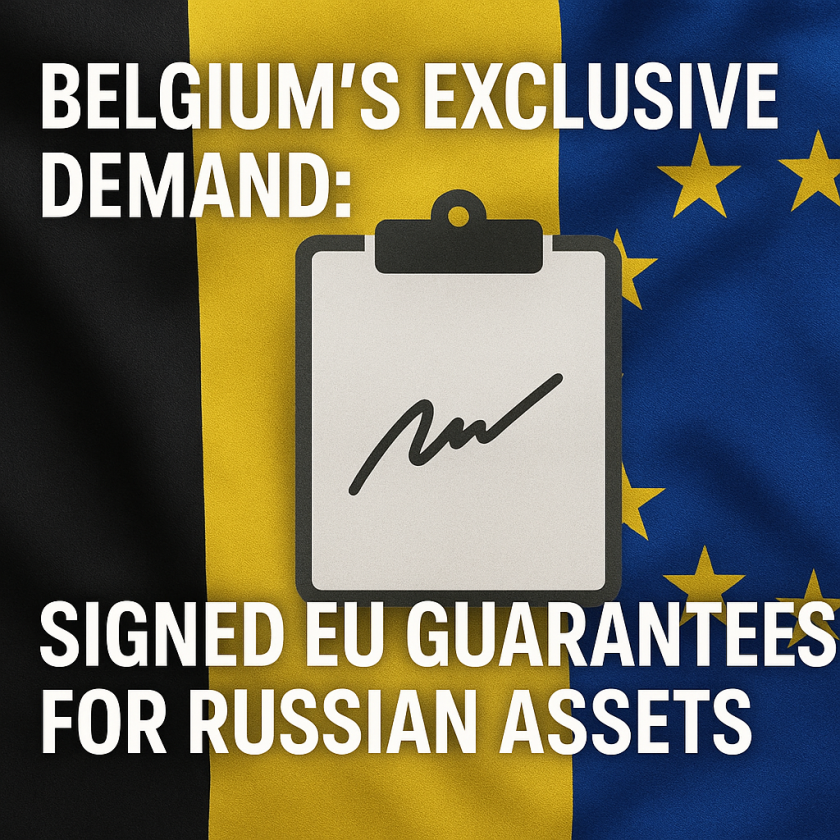EU Proposes Zero-Tariff Agreement to Trump
EU Proposes Zero-Tariff Agreement to Trump
Introduction
The European Union has extended a significant trade proposal to the United States, aiming to eliminate tariffs on a wide range of goods. This initiative is part of ongoing efforts to strengthen economic ties and reduce trade tensions between the two economic powerhouses.
Key Aspects of the Proposal
- Zero-Tariff Agreement: The EU’s proposal focuses on abolishing tariffs on industrial goods, which could lead to increased trade volume and economic growth for both parties.
- Focus on Industrial Goods: The agreement primarily targets industrial goods, leaving agricultural products and services for future negotiations.
- Mutual Benefits: The EU emphasizes that the agreement would benefit both economies by reducing costs for businesses and consumers.
Potential Impacts
- Economic Growth: By removing tariffs, the agreement could stimulate economic growth and create jobs on both sides of the Atlantic.
- Trade Balance: The proposal aims to address trade imbalances by making European and American products more competitive globally.
- Political Implications: The agreement could ease political tensions and foster a more collaborative relationship between the EU and the US.
Challenges and Considerations
- Negotiation Hurdles: Reaching a consensus on the specifics of the agreement may prove challenging, given the complex nature of international trade negotiations.
- Exclusion of Agriculture: The exclusion of agricultural products might be a sticking point, as it remains a sensitive area for both parties.
- Domestic Reactions: The proposal may face scrutiny from domestic industries and political groups concerned about the impact on local markets.
Conclusion
The EU’s proposal for a zero-tariff agreement with the US represents a strategic move to enhance economic cooperation and reduce trade barriers. While the initiative holds promise for boosting economic growth and improving trade relations, it also faces significant challenges that will require careful negotiation and diplomacy. The outcome of this proposal could set a precedent for future trade agreements and shape the global economic landscape.

































